The landscape and environment is absorbed, often imperceptably, into individual consciousness, to be reflected back in terms of tropes, originally based on, but then transcending, regional differences. Just a few examples are the oak, the corn harvest, The social context of landscape and environment is provided by the ways in which human existence embeds itself within it. One of the key indicators of this is through vernacular architecture. In a social and cultural link, individuals have sought to embed themselves within vernacular architecture and thus within their community environment by placing names, dates and images within the external walls of their houses; a trend followed by many, from the very grand, to the most humble. |
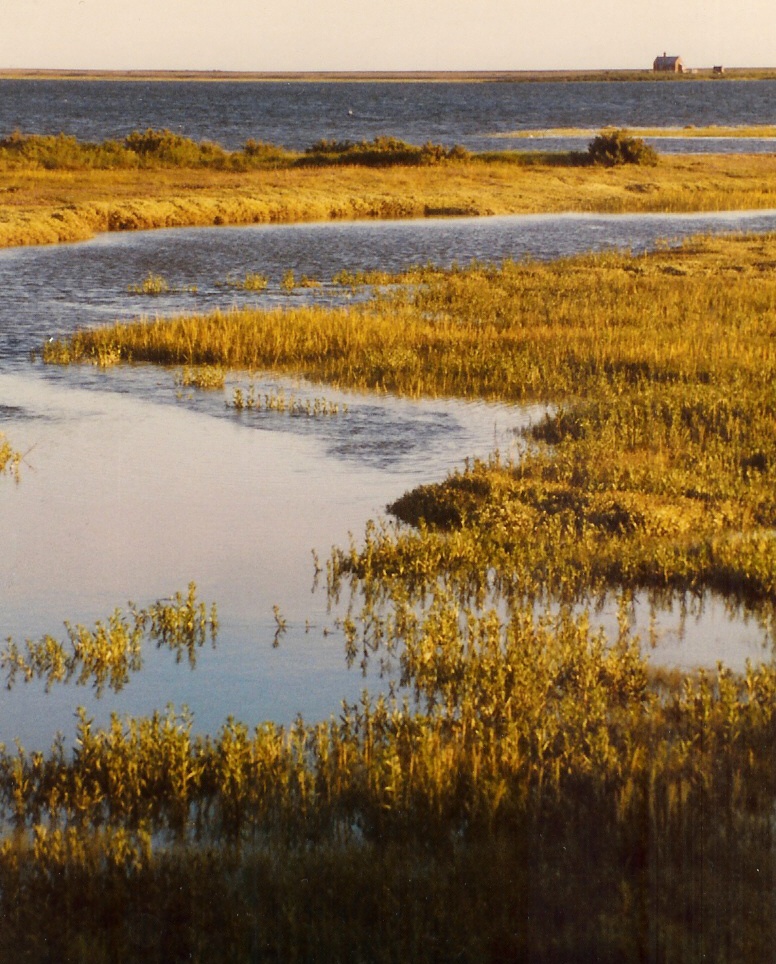 |
|
|
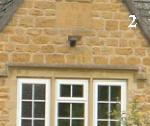 |
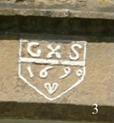 |
|
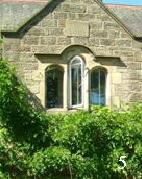 |
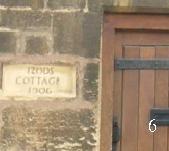 |
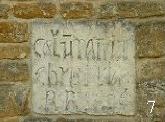 |
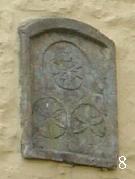 |
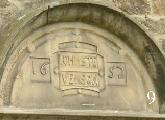 |
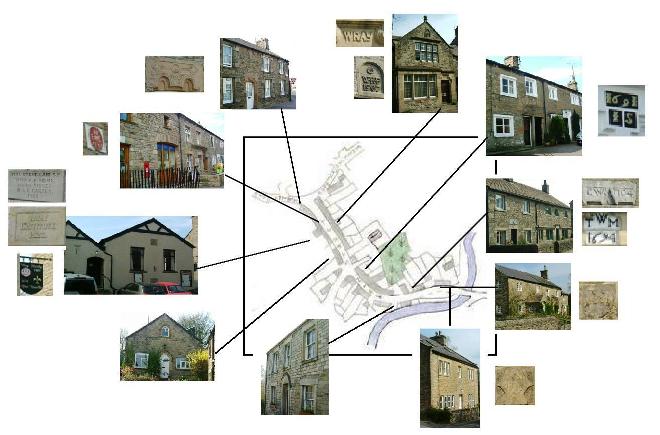
Clockwise from top-left: 1673 R and M M; WHF 1907, Wray; 1691 IS; CW 1704; T and M W 1694; SS 1734; IC and CM S [the Cs are placed as mirror images] 1732; RK 1889 Roeburn House; [Methodist] Church 1867; Wray Institute 1923, This stone laid by Miss A A Grime and the Misses M & E Carter 1923, Wray Hornby 1980-2005 Grez Neuville; E and E W 1746.
John Brabin from London, was a dyer and cloth merchant, who built a shop, and an adjacent house, in Talbot Street, Chipping, Lancashire. Chipping was a small-scale centre of the wool trade, situated in the Ribble valley, on Chipping brook, and the sheep were grazed on the Bowland fells. The shop was completed in 1668, and a date plaque was included above the doorway of the house. Brabin died in 1683, bequeathing to trustees messuages called Goose Lanc House and Waller tenement (later augmented by Woodstow House and other properties nearby) to build a school for the poor children of Chipping, Thornley and Leagram, and almshouses which subsequently housed impoverished women. The buildings are sited in Windy Street. The date plaques of these, however, placed at different times, all read '1684' and must therefore have been placed first by the trustees and secondly by subsequent restorers of the buildings, to mark Brabin's contribution to the village - feeding on the tradition of Brabin's house plaque - rather than having been stipulated by Brabin himself to mark his own importance.
The landscape, its features and its fruits, seep imperceptibly into our consciousness, forming a background to everyday life, at least for those who have access to the land. We may not be able to put a name to what we take for granted in our environment, and for naming and narrating we rely on those who perform the landscape: the poet, lyricist, musician or commentator.
It is left to others to articulate tropes which are otherwise taken for granted. The sound of a skylark is referenced in numerous folk songs, forms the basis for Vaughan Williams' 'Lark ascending', and the single violin which mimics its sound is a motif which continues to be repeated. The oak tree forms an often-repeated motif because it is so distinctive: its shape, acorns, oak-apples, the reddish tinge of the leaves in early spring, the instantly-recognisable scalloped leaves, and its repeated place in English history.
After the second battle of Worcester in 1651, the most famous specimen in England was the Boscobel oak, in which the defeated prince Charles Stuart hid to escape the Commonwealth soldiers. The oak, therefore became a symbol of royalism and the providential return of monarchy with Charles' English coronation in 1661. The royal oak is not necessarily a 'folk' symbol, however. Of the many images of Charles and the oak tree, those which fulfil the folk remit are those which subsume the otherwise elite figure of the future king within the tree. A variety of images of Charles and the Boscobel oak can be found here.
The tree in the village of Tolpuddle under which the agricultural labourers who would become the 'martyr' symbols of the Trades' Union movement met, is, in fact, a sycamore. In the representations of the Tolpuddle Martyrs available on the official merchandise, the stylised tree has more of the characteristics of an oak.